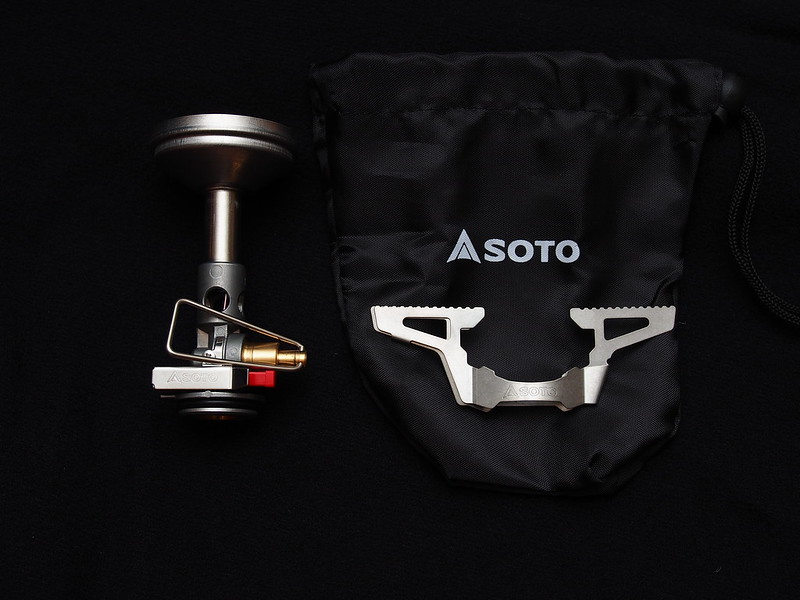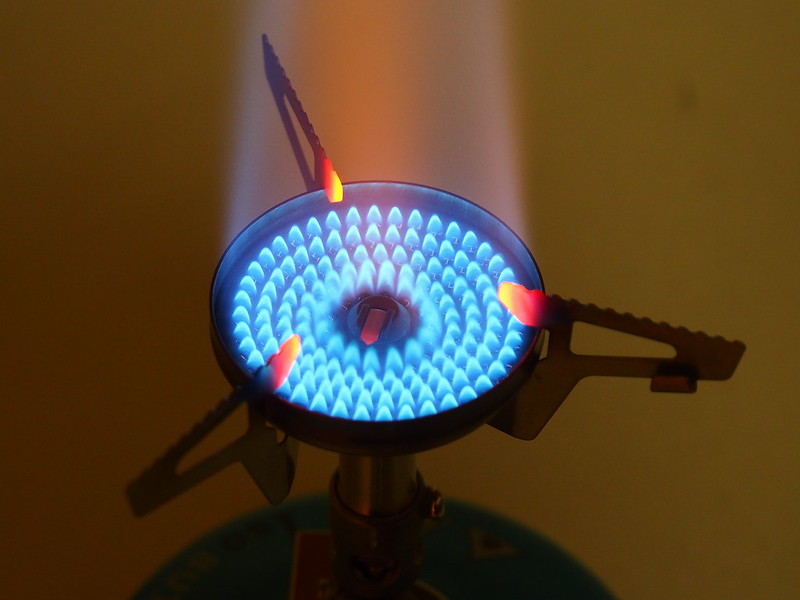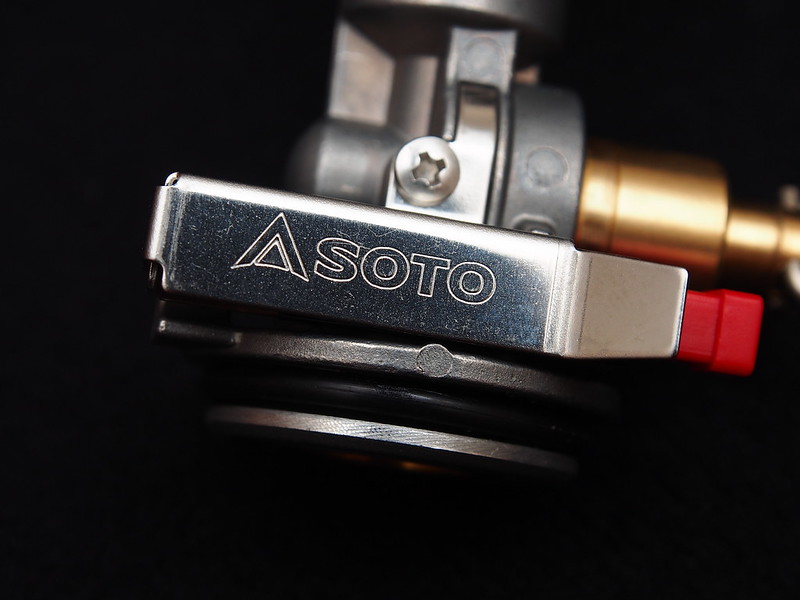When it comes to backpacking stoves, there are countless options to choose from. However, if you’re looking for a reliable and efficient stove from a trusted brand, Soto is a great choice. Many backpackers take into consideration the decision of choosing the Soto Amicus vs Windmaster backpacking stoves.
In this article, we’ll be taking a closer look at the Soto Amicus and WindMaster, two of the most popular backpacking stoves from the brand. We’ll compare their features, performance, and overall value to help you decide which one is the best fit for your needs.

Soto Stove Comparison Overview
Both the Soto Amicus and WindMaster feature a compact and lightweight design that makes them easy to pack and transport. While the Amicus weighs slightly more, this weight is minimal and our team recommends making the decision of which to purchase based on features and cost.
Soto Amicus
- Weight: 2.8oz
- Dimensions: 3.94 × .71 × 6.5 in
- Time to Boil: 4 minutes (no wind)
Soto Windmaster
- Weight: 3oz
- Dimensions: 3.94 × .71 × 6.5 in
- Time to Boil: 4 minutes (no wind)
Wind Resistance
Wind resistance is an important factor to consider when choosing a backpacking stove, as it can greatly affect the stove’s performance and fuel efficiency. The Soto Windmaster is designed to be more wind-resistant, with a side-mounted burner that helps to shield the flame from the wind. This results in a longer burn time and more consistent performance in windy conditions.
The Amicus, on the other hand, is not designed to be as wind-resistant and may struggle to maintain a steady flame in windy conditions. This is something to keep in mind if you plan on doing a lot of backpacking in windy areas. If wind resistance is a top priority, the Soto Windmaster is the better option, but if you don’t plan on camping in windy areas and want a more light weight option that costs less, the Amicus will work for you.

Fuel Efficiency and Burn Time
One of the most important factors to consider when choosing a backpacking stove is its fuel efficiency and burn time. The Windmaster utilizes a wind resistant design where the pot sits closer to the flame. This allows water to boil faster with less fuel used. The Windmaster can burn for up to 50 minutes on a single canister of fuel, making it a great option for longer backpacking trips or if you expect windy weather.
The Amicus, on the other hand, is designed to be more simplistic and lightweight, which results in a shorter burn time. The WindMaster can burn for up to 30 minutes on a single canister of fuel, making it a better option for shorter backpacking trips or for use as a backup stove. If you encounter windy conditions, this time will decrease since the wind will make your flame not as efficient.
Simmer Control and Boiling Time
Another important factor to consider when choosing a backpacking stove is its simmer control and boiling time. The Windmaster has a simmer control that allows you to adjust the flame to a low simmer, which is great for cooking more delicate meals. The Windmaster can boil a liter of water in just over 4 minutes, which is fairly quick for a backpacking stove.
The Amicus also has a simmer mode, however, the lack of wind resistance makes this less efficient than simply boiling the water. In non windy conditions, the stove will boil a liter of water in about 4 minutes.

Ignition and Maintenance
The Soto Amicus and WindMaster both have a simple and easy-to-use push-button ignition system. Both stoves also come with a cleaning tool and a storage bag, making maintenance a breeze.
However, the WindMaster has a more robust build quality and construction, which makes it more durable and resistant to wear and tear. The WindMaster is a great option for those who need a stove that is easy to maintain and can withstand the wear and tear of backpacking.
Great Options for Backpacking
Both the Soto Amicus and WindMaster are great options for backpacking stoves. The Windmaster thrives in a wider range of conditions and is designed to boil in windy conditions. For this reason, it is also more fuel efficient
The Amicus, on the other hand, is designed to be a more simplistic and lightweight option that costs about 40% less than the Windmaster.
Both of these stoves offer canister alternatives to other biomass fuel options such as tinder or kindling.
Ultimately, the choice of deciding between the Soto Amicus vs Windmaster will depend on your specific needs and preferences. Both stoves are highly rated and considered some of the best canister backpacking stoves on the market.

